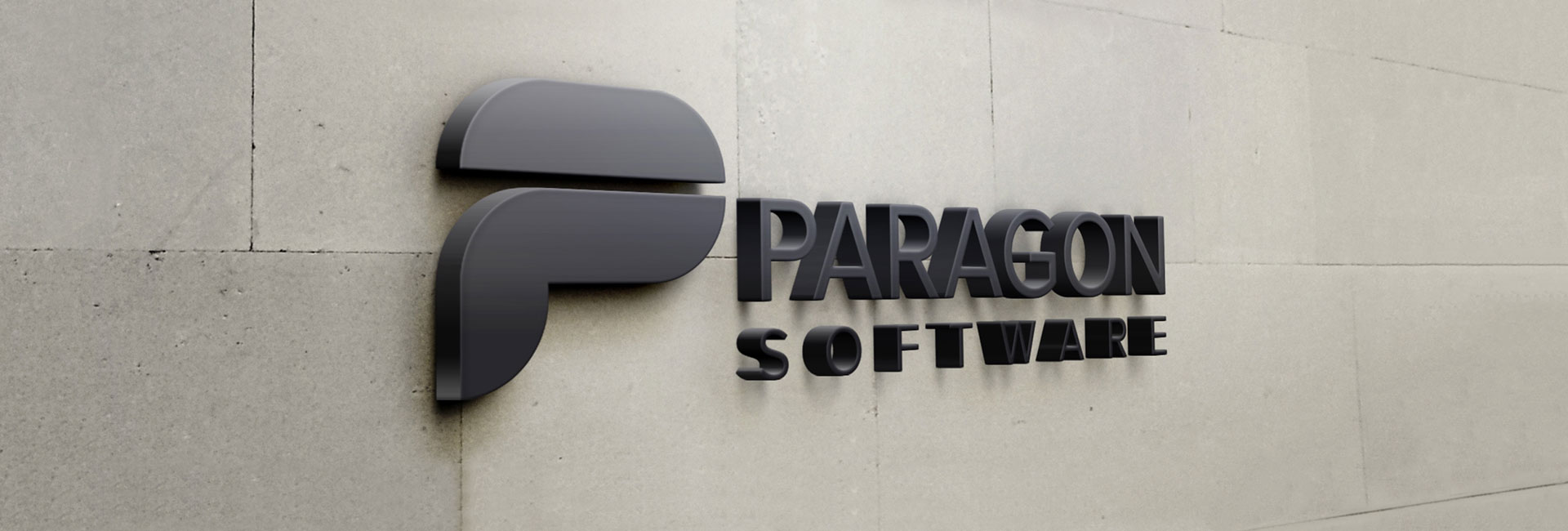Just came across a post on a pc site that said sata drives are hot swappable and as long as the drive is ejected it can be removed while the pc is still active and not corrupt the data.
Which makes me wonder why it doesn't work in hackintosh?
Maybe it only applies to hdd? Not ssd's?
I did notice the other mechanical drives seemed to have no problem. I could hear them all power down and non of the sata drives except for the ssd reported a problem.
Maybe ssd's don't power down the same?
In my experience there's no problem with electing and disconnecting internal connection SATA drives on macOS.
The problem is that reconnecting the drive doesn't work because the OS doesn't (hand-waving) handle an event that gets the SATA driver to reattach. (I'm begging the question.)
Modern mainboards may provide an option to enable hot swap on internal SATA ports, but unless the OS is expecting the capability...?
At the next level down here are some factors to consider:
The SATA device connectors are designed so that signaling transitions are electrically orderly.
The device designers have certainly thought about spontaneous power transitions for the device internal logic. But devices are constantly evolving. 10–12 years ago consumer SATA SSDs (e.g. OCZ) were known to be missing key integrity circuitry so a spontaneous power loss was a risk to internal state beyond the scope of the file system journal.
In the big picture, we should keep our thinking open to the distinction of design intentions, versus using a device in manner beyond its design scope that just so happens to work. For example, internal SATA hot disconnect might work 99999 out of 100000 times and so seem practical for the rest of your life. But when the practice is sampled by thousands of users, someone is guaranteed to go wrong; 1 out of 100000 looks like bad odds in an installed base of tens of millions. We can imagine that the system implementors might minimize risk quite well, but it just doesn't work because the design didn't account for it. Therefore eSATA.
What this means for your question:
Devices tend to tolerate spontaneous power cycles.
In the worst case of a user's no-eject disconnection, the event is logically the same as spontaneous power failure. Should be safe.
For journaled file systems, the journal ensures file system state integrity: partial transactions are abandoned according to the journal. Should be safe.
Of course data for incomplete transactions is lost.
FAT32 volumes are not journaled, but may be operate more synchronously and atomically so cleanup at restart is very reliable.
Given macOS APFS system containers that are not currently running (e.g., mounting a second system drive) multiple volumes within the system container are implied by a mount. So a proper eject should consider the whole container. My belief is that unless there are macOS bugs, passive macOS system containers should not be any more risky with user eject than an orderly shutdown.
I've never seen a glitch with HFS+ Journaled internal SATA disconnection.
But how will you get the system to reattach?

